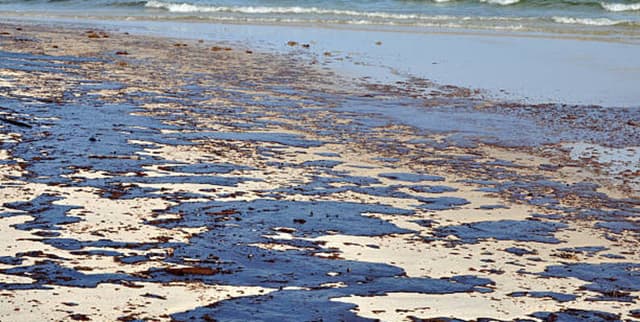Worldwide Crude Oil Accident Data
Data Science and Analytics
Tags and Keywords
Trusted By




"No reviews yet"
Free
About
Historical oil spills that have occurred globally, presented in reverse-chronological order. It includes incidents that are currently ongoing, offering critical details such as the location, date of the event, and the identity of the vessel involved. The amounts of crude oil spilled are measured in metric tonnes, with values derived from approximate estimates due to the difficulty in measuring exact volumes. This resource is suitable for researchers examining environmental disaster patterns and the impact of oil transport worldwide.
Columns
- Spill / Vessel: Identifies the name of the vessel or incident associated with the crude oil spillage.
- Location: Specifies the geographical region or site where the oil spill took place.
- Dates: The recorded date of the spillage incident.
- Min Tonnes: The minimum estimated quantity of oil spilled, measured in metric tonnes.
- Max Tonnes: The maximum estimated quantity of oil spilled, measured in metric tonnes.
- Owner: The corporation or entity identified as the owner of the vessel or source of the spill.
Distribution
The data is delivered in a tabular format within a CSV file, titled
Oil spillage dataset.csv, with a file size of 27.11 kB. The structure includes 6 distinct columns and contains 277 records, listed in reverse-chronological sequence. It is important to note that certain fields, particularly 'Owner', have a high percentage of missing values (52%), while ‘Min Tonnes’ and ‘Max Tonnes’ each have 11 missing records.Usage
- Analysing patterns and long-term trends concerning the magnitude and frequency of global oil spills.
- Supporting academic studies on environmental conservation, maritime law, and disaster response planning.
- Developing visualisations to highlight global hotspots for environmental crude oil contamination.
- Investigating corporate accountability by correlating spill incidents with vessel owner data.
Coverage
The data coverage is global, including major incidents that have occurred throughout the world. Specific geographic examples include spills documented in Nigeria and the United States (Louisiana). The time range spans historically significant events and is up-to-date enough to include currently ongoing spill incidents. Data availability for the ‘Owner’ column is limited, with roughly half of the records lacking an identified owner.
License
CC0: Public Domain
Who Can Use It
- Environmental Researchers: To quantify the scale of oceanic and coastal pollution from oil accidents.
- Risk Managers: To assess environmental liabilities in the energy and maritime transport sectors.
- Governmental Agencies: To inform policy decisions related to oil extraction safety and transportation regulations.
- Public Interest Groups: To monitor global environmental disasters attributed to the oil industry.
Dataset Name Suggestions
- Global Historical Oil Spills Register
- Worldwide Crude Oil Accident Data
- Major Vessel Spillage Incidents
- Annual Oil Contamination Record
Attributes
Original Data Source: Worldwide Crude Oil Accident Data
Loading...
